In an increasingly interconnected world where digital technology has virtually eliminated distance and made even remote locations accessible through social media and tourism, there remain a few extraordinary places where human communities continue to live largely separate from global society. These isolated tribes and villages maintain distinct cultural traditions, languages, and ways of life that have remained largely unchanged for generations due to their remote locations, protective government policies, or their fierce determination to preserve their independence.
Here is a list of 20 of the world’s most isolated tribes and villages that rarely welcome outsiders. These communities represent some of the last truly separate human communities on Earth.
Sentinelese, North Sentinel Island

The Sentinelese remain Earth’s most isolated people, inhabiting a small island in the Bay of Bengal where they actively reject all contact with the outside world. This indigenous group of 50-150 individuals has lived on North Sentinel Island for an estimated 60,000 years, maintaining a hunter-gatherer lifestyle.
The Indian government enforces a strict no-contact policy with a 3-mile exclusion zone around the island following violent encounters with outsiders, including the 2018 death of an American missionary who illegally attempted to reach the island.
Korowai, Papua
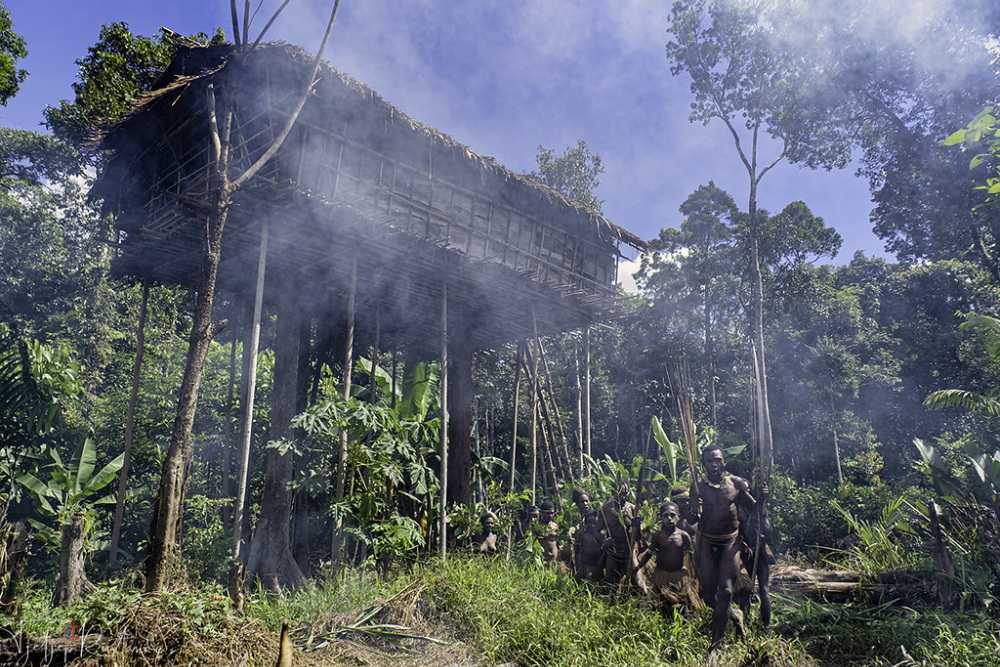
The Korowai of Papua, Indonesia, live in remarkable tree houses built 140 feet above the rainforest floor, maintaining one of the world’s most physically isolated living arrangements. This tribe remained completely unknown to the outside world until 1974, living as hunter-gatherers in the dense jungle.
Although some Korowai have moved to government-established villages in recent decades, the most isolated clan groups still maintain traditional lifestyles, speak their language, and follow animistic spiritual practices.
Like Travel Pug’s content? Follow us on MSN.
Kogi, Colombia
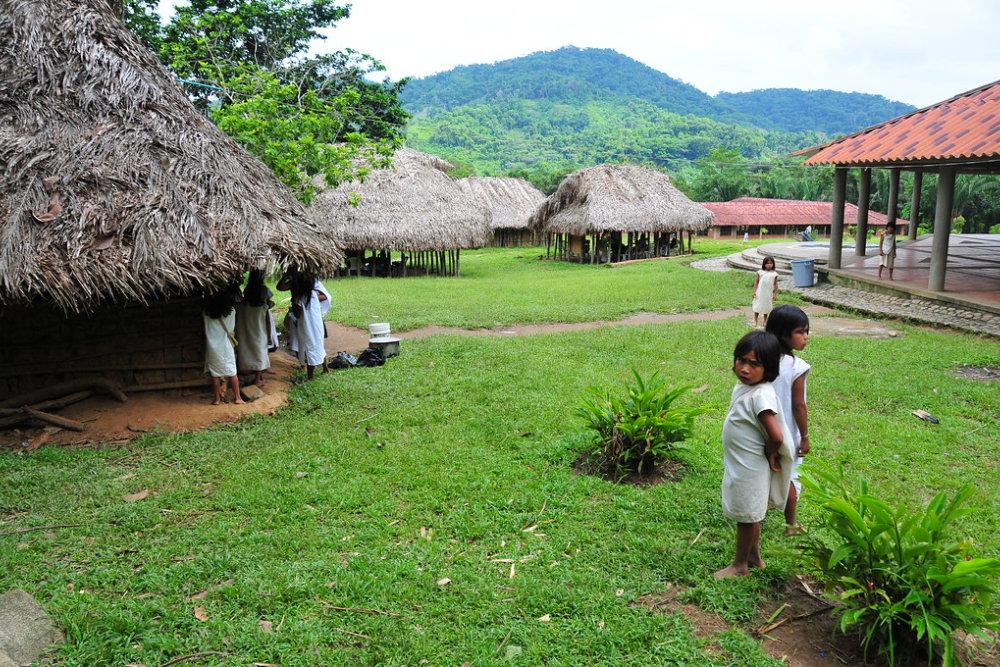
The Kogi inhabit the remote Sierra Nevada de Santa Marta mountains of northern Colombia, referring to themselves as the ‘Elder Brothers’ who maintain Earth’s ecological balance through their spiritual practices. This pre-Columbian civilization survived the Spanish conquest by retreating higher into isolated mountain territories, where they maintained cultural continuity for over 500 years.
The Kogi follow the guidance of religious leaders called Mamas, who undergo intensive training from early childhood in sacred natural sites completely isolated from outside influence.
Yanomami, Brazil/Venezuela
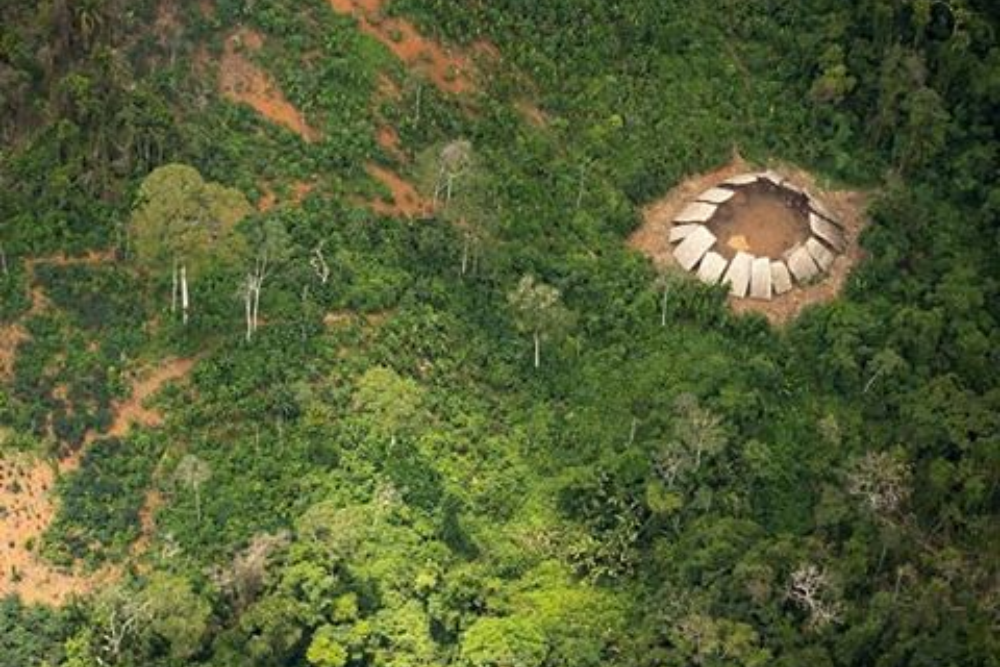
The Yanomami occupy the largest forested Indigenous territory in the world, spanning Brazil and Venezuela. They live in hundreds of scattered villages across 9.6 million hectares of Amazon rainforest.
This group of approximately 35,000 people maintains traditional semi-nomadic practices, communal living arrangements in large circular shelters called Yanos, and extensive knowledge of over 500 plant species. Despite increasing pressure from illegal gold miners, the most remote Yanomami communities remain largely self-sufficient, following shamanic traditions centered around a hallucinogenic substance called yakoana.
Natives of Laya, Bhutan
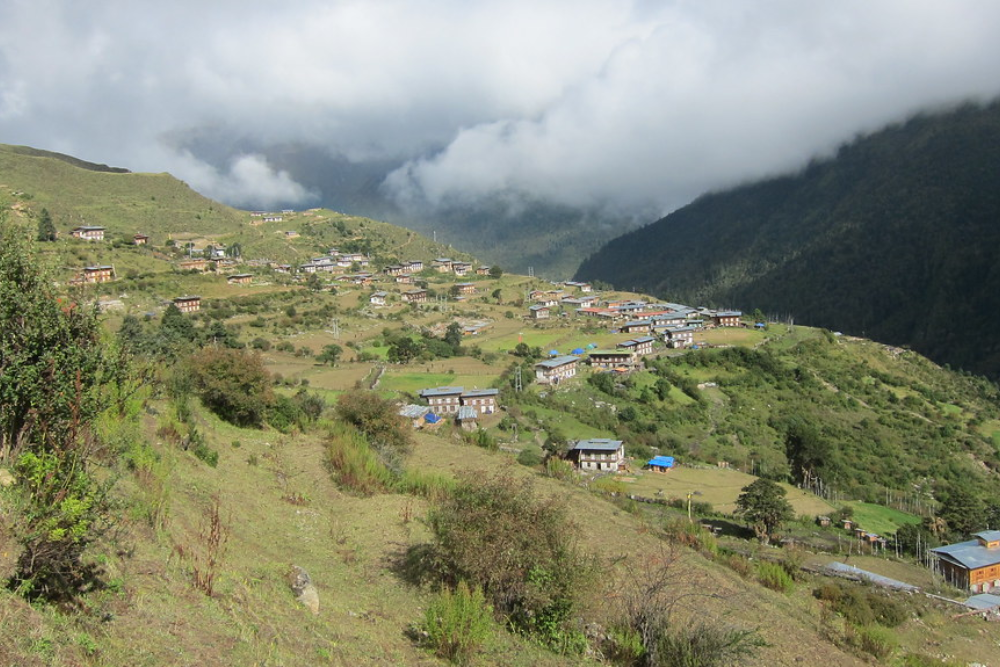
The people of Laya village live at 12,000 feet in Bhutan’s northwestern highlands, maintaining distinctive traditions while remaining one of the country’s most isolated communities. These high-altitude dwellers follow semi-nomadic lifestyles centered around yak herding, wearing distinctive conical bamboo hats, and practicing their dialect.
Although tourism has recently been permitted on a limited basis, Laya’s extreme remoteness requires a challenging multi-day trek through mountainous terrain, ensuring that most residents maintain traditional lifestyles based on yak products.
Like Travel Pug’s content? Follow us on MSN.
Surma Tribes, Ethiopia
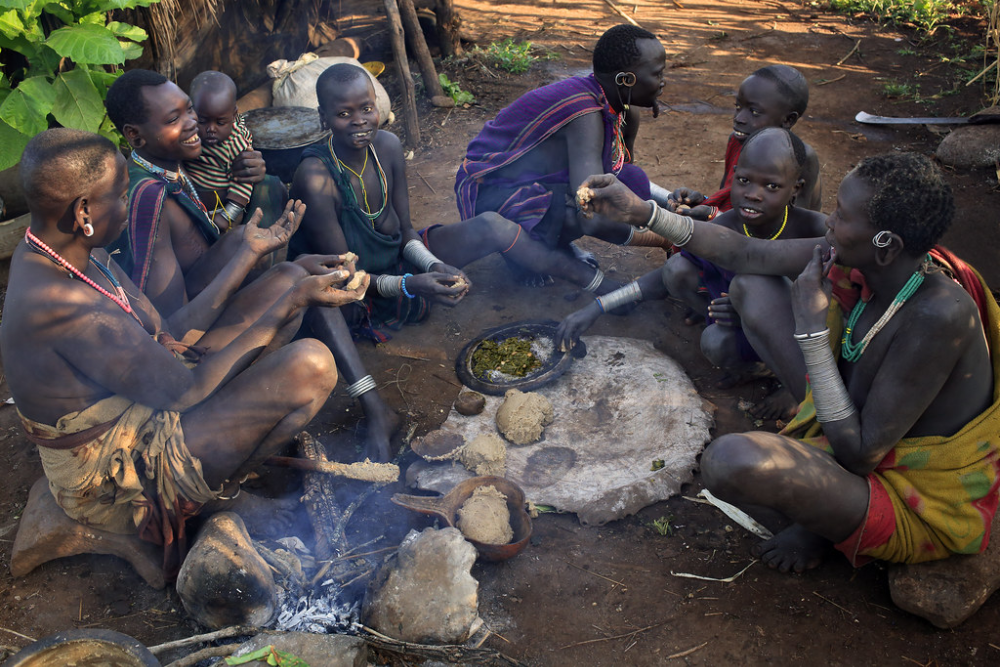
The Surma tribes of Ethiopia’s southern valleys maintain striking cultural practices, including elaborate clay lip plates and intricate scarification. These semi-nomadic cattle herders, including the Suri, Mursi, and Me’en groups, reside in Ethiopia’s remote Omo Valley, following seasonal migration patterns dictated by rainfall and grazing needs.
Although increasingly visited by photographers drawn to their distinctive body modifications, the most remote Surma communities maintain traditional lifestyles focused on cattle wealth, male stick fighting ceremonies, and animistic spiritual practices.
Palawan Tribe, Philippines
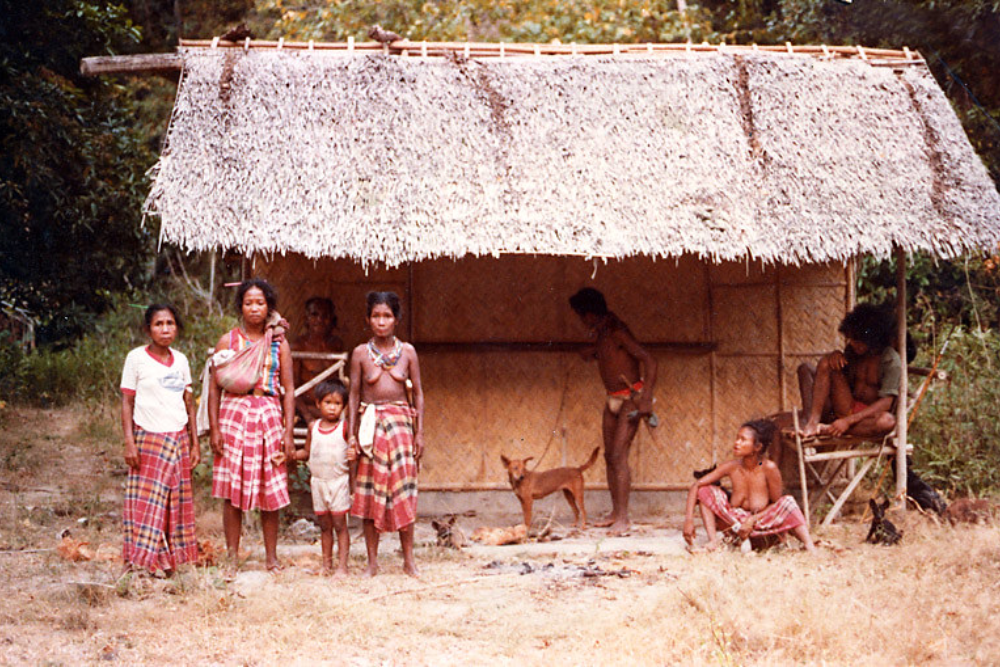
The Palawan tribe inhabits remote rainforest areas of Palawan Island, maintaining traditional swidden agriculture methods and forest-based lifestyles. These indigenous people practice sustainable shifting cultivation, hunt using traditional blowguns, and follow ancient animistic beliefs centered around maintaining harmony with natural spirits.
The most isolated Palawan communities live days away from road access and electricity, speaking languages from the Philippine Negrito linguistic family while continuing traditional practices.
Huaorani, Ecuador
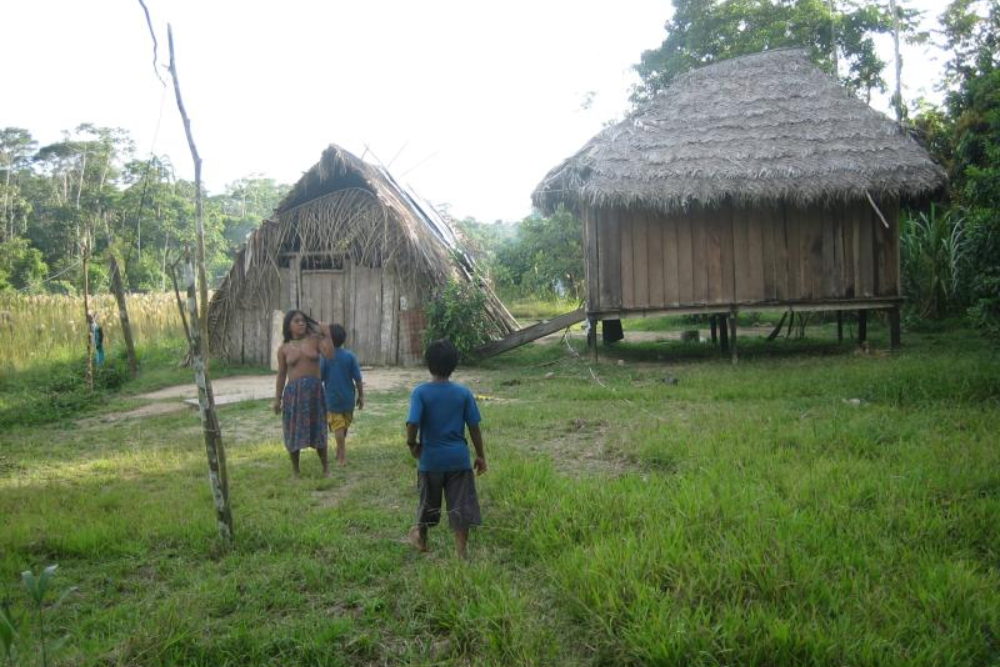
The Huaorani maintain fierce independence in Ecuador’s Amazon basin. They are historically known for their unwillingness to accept outsiders and their determination to protect their ancestral territories.
This group of approximately 4,000 people defended their isolation through violent resistance to both missionaries and oil companies throughout the 20th century, with uncontacted bands still believed to roam the deepest parts of Yasuni National Park. Traditional Huaorani communities practice nomadic hunting using 9-foot blowguns with curare-tipped darts, constructing temporary thatched homes as they move through their territory.
Like Travel Pug’s content? Follow us on MSN.
Andaman Tribes, India

Several indigenous tribes of the Andaman Islands maintain significant isolation, protected by Indian government policies that restrict access to their territories. Beyond the completely isolated Sentinelese, the Jarawa tribe of approximately 400 individuals has maintained limited and often tense relations with the outside world, living largely self-sufficiently through hunting, gathering, and fishing in dense forests.
The Great Andamanese, Onge, and Jangil tribes have experienced different levels of contact and decline, but government protection zones have enabled some communities to maintain traditional practices.
Tsaatan Reindeer Herders, Mongolia
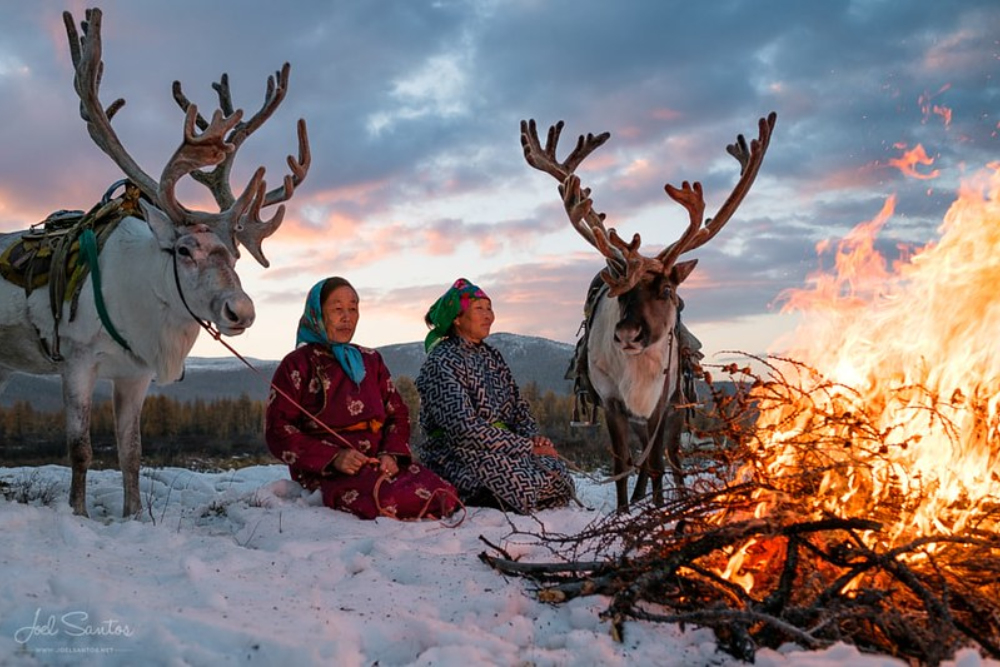
The Tsaatan people maintain Earth’s southernmost reindeer herding culture in Mongolia’s remote northern taiga forests, living in dispersed family groups far from roads or settlements. These nomadic herders move seasonally across the Siberian border region, living in traditional tepee-like urtz dwellings and depending almost entirely on their reindeer for transportation, milk, and materials.
The Tsaatan practice shamanic traditions heavily influenced by animistic beliefs, maintaining distinctive cultural practices in one of Central Asia’s most remote environments.
Mashco-Piro, Peru
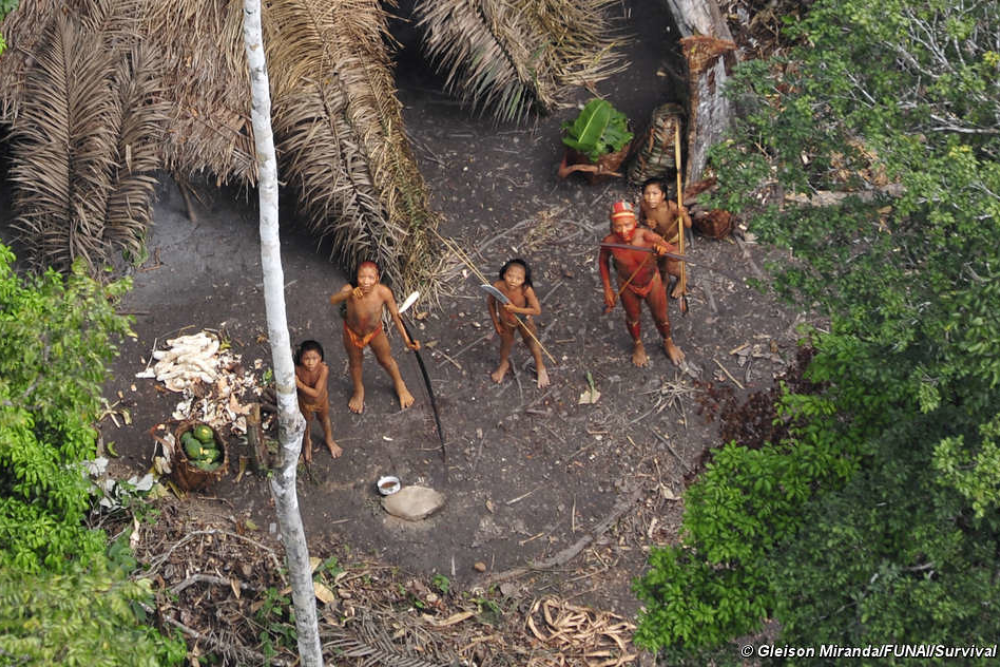
The Mashco-Piro represent one of the world’s last voluntarily isolated Indigenous groups. They appear occasionally at riverbanks in Peru’s southeastern Amazon but actively avoid permanent contact.
This nomadic group moves continuously through remote rainforest regions of Manú National Park, constructing temporary shelters and subsisting entirely through hunting, fishing, and gathering. Peruvian authorities maintain a no-contact policy toward the estimated 600-800 Mashco-Piro, who have clearly indicated their desire for isolation through aggressive responses to outsiders.
Like Travel Pug’s content? Follow us on MSN.
The Village of Supai, Arizona
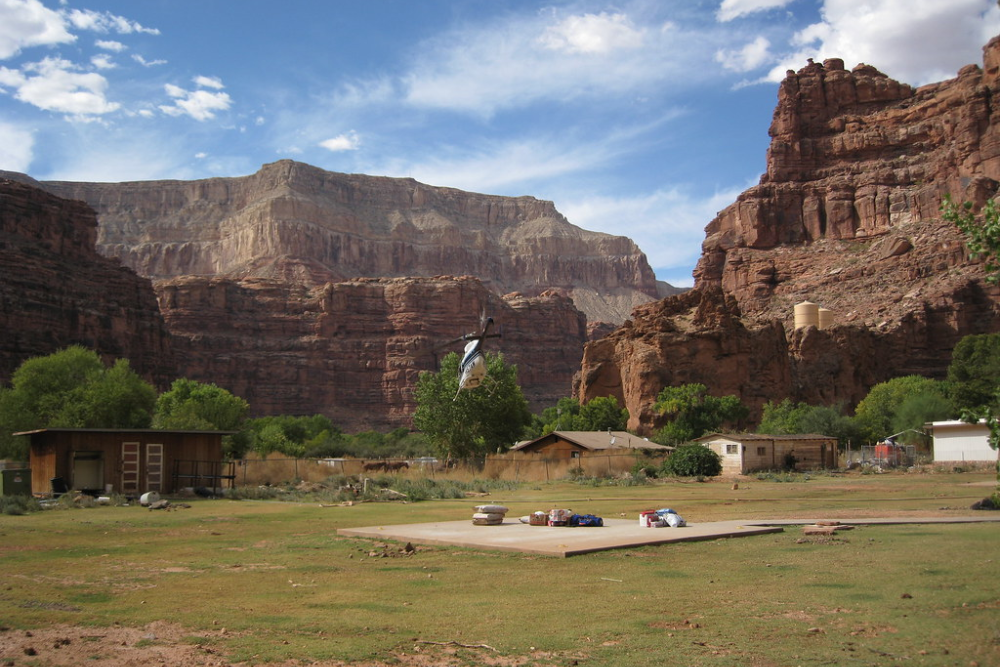
Supai Village is the most remote community in the continental United States, sitting at the bottom of the Grand Canyon. It is accessible only by helicopter, horseback, or an 8-mile hike through steep canyon terrain. Home to approximately 650 members of the Havasupai Tribe, this isolated community has no roads connecting it to the outside world, and mail is still delivered by mule train.
The village’s extreme isolation has helped preserve distinctive cultural practices and a traditional lifestyle centered around the striking blue-green waterfalls that emerge from underground springs near their homes.
Torajas of Tana Toraja, Indonesia
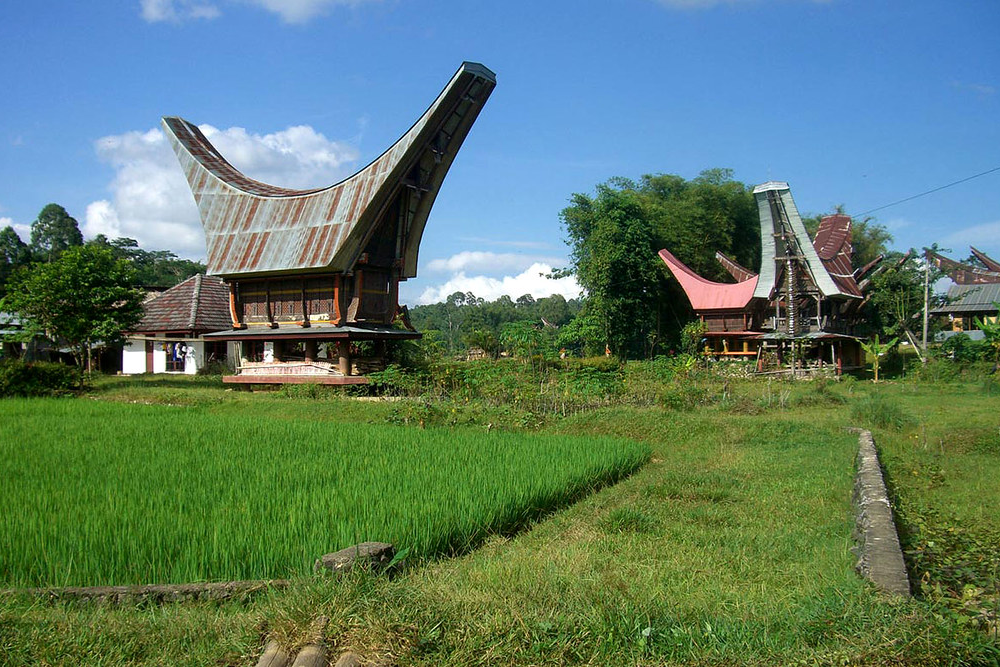
The Toraja people occupy remote highlands in central Sulawesi, Indonesia, maintaining elaborate funeral practices and distinctive architectural traditions. These communities build spectacular boat-shaped houses with dramatically curved roofs and practice complex funeral ceremonies that may take place years after a person’s biological death.
The most remote Toraja villages continue ancient traditions, including the periodic exhumation and redressing of mummified relatives and maintaining animistic beliefs alongside more recently adopted Christian or Muslim practices.
Himba, Namibia

The Himba maintain semi-nomadic pastoralist traditions in Namibia’s remote northwestern Kunene Region, which are distinguished by the women’s practice of covering their bodies with a mixture of butterfat and red ochre. This isolated group of approximately 50,000 people follows traditional cattle-centered lifestyles largely unchanged for centuries, with the most remote communities living without electricity or running water.
Himba social structures remain organized around patrilineal inheritance and polygamous marriage arrangements, with communities moving seasonally to follow water sources and grazing patterns.
Like Travel Pug’s content? Follow us on MSN.
Mentawai, Indonesia
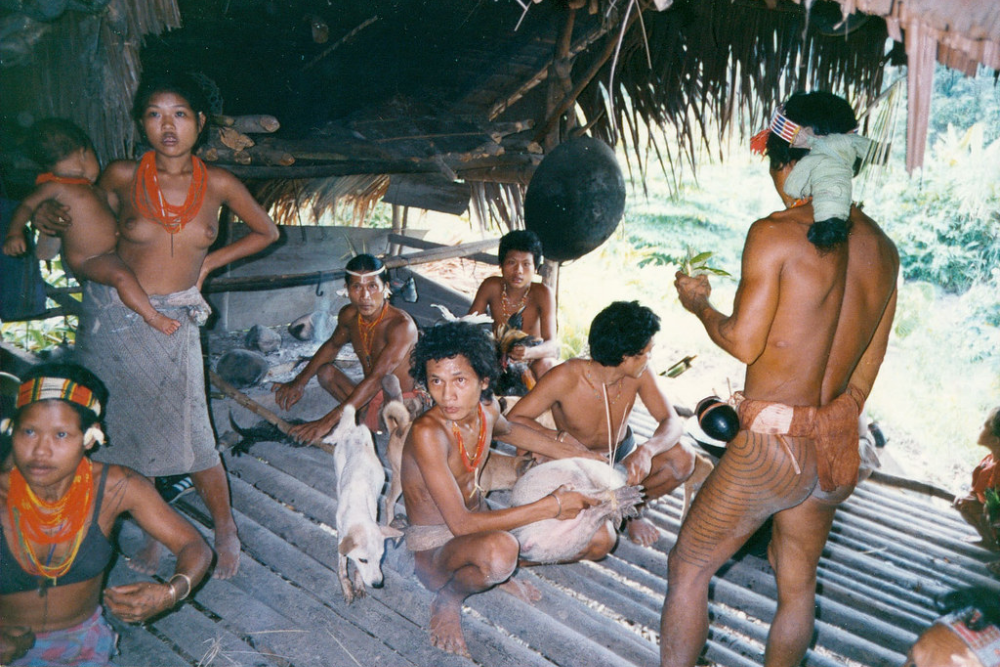
The Mentawai people inhabit an isolated island chain off Sumatra’s western coast. They practice traditional spiritual beliefs and distinctive body modification through sharpened teeth and extensive tattooing.
These Indigenous communities traditionally live in communal longhouses called uma, following shamanic traditions centered around maintaining harmony with forest spirits. Remote Mentawai clans continue traditional practices of hunting with poisoned arrows, gathering forest products, and performing elaborate ceremonies led by tribal shamans called sikerei, who communicate with the spirit world.
Zo’é, Brazil
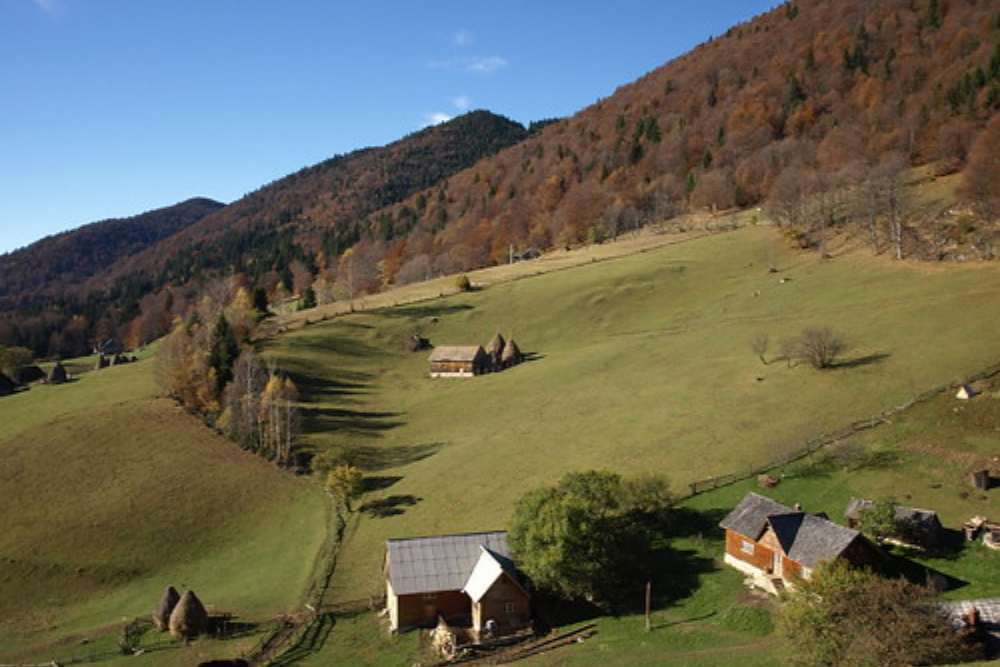
The Zo’é maintain traditional lifestyles in northern Pará state, Brazil, which is distinguished by their use of large wooden lip plugs called poturu and residence in communal houses within the protected Indigenous territory. This group of approximately 250 individuals lives almost entirely self-sufficiently through hunting, fishing, and cultivating crops in small forest clearings.
Brazilian authorities maintained careful protection of Zo’é lands following devastating disease outbreaks when missionaries made contact in the 1980s, allowing the tribe to determine their own pace of interaction with outside society.
Enawene Nawe, Brazil
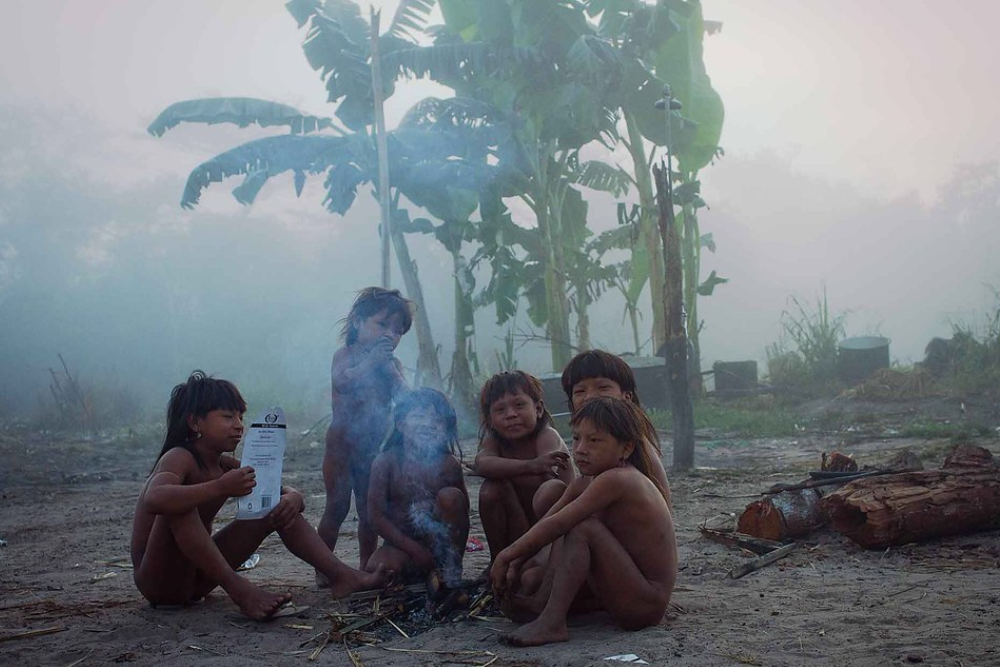
The Enawene Nawe practice elaborate fishing rituals and maintain a unique vegetarian diet among Amazonian peoples, inhabiting a protected territory in Mato Grosso state, Brazil. This group of approximately 600 people follows a distinctive ceremonial calendar featuring the seven-month Yãkwa ritual involving community-wide fishing expeditions, construction of elaborate dams, and musical ceremonies.
Unlike most Amazonian groups, the Enawene Nawe traditionally eat no red meat, relying entirely on fish and cultivated crops while maintaining communal living arrangements in large circular houses.
Like Travel Pug’s content? Follow us on MSN.
Dani, Papua
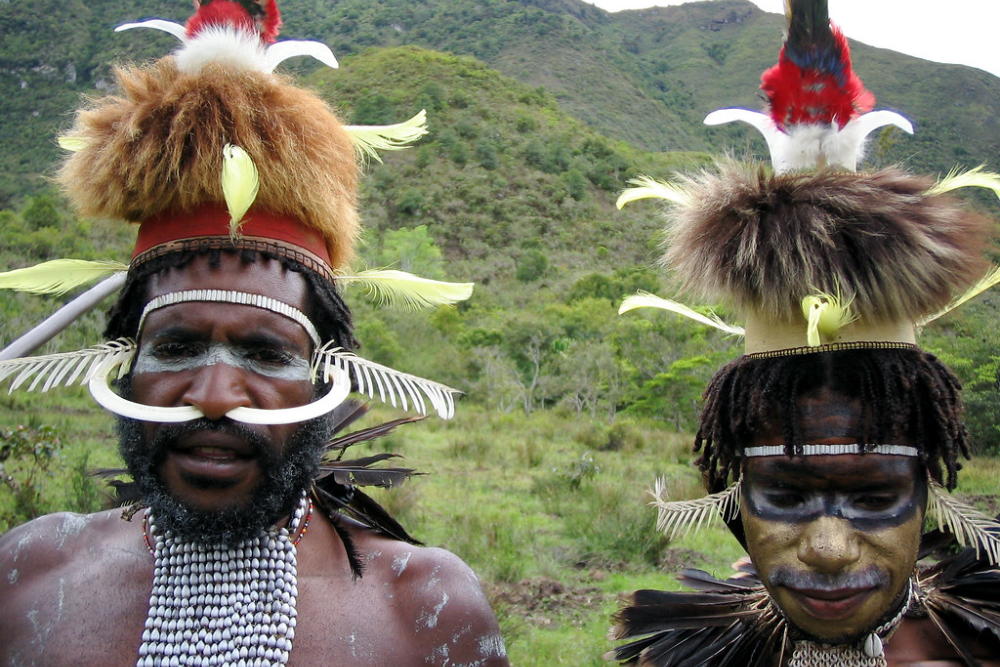
The Dani inhabit remote highland valleys of Papua, Indonesia, maintaining distinctive cultural practices, including ritual finger-cutting following the death of family members. Traditional Dani communities live in circular thatched homes with separate structures for men and women, practicing elaborate agricultural techniques in terraced gardens.
Remote Dani groups maintain traditions, including pig feast ceremonies marking important life transitions, the use of koteka as traditional male attire, and complex systems of bride price payments using pigs, shells, and other valuable items as currency.
Kalam People, Papua New Guinea

The Kalam inhabit remote mountainous areas of Papua New Guinea’s Schrader Range, maintaining highly specialized knowledge of forest ecosystems and distinctive counting systems. These highland-dwelling people traditionally recognize over 1,200 distinct animal species, including 137 bird types distinguished entirely by sound, demonstrating exceptional ecological knowledge passed through generations.
Traditional Kalam communities practice subsistence agriculture, growing taro and yams while following a complex ceremonial cycle focused on male initiation rites and pig exchanges that maintain social bonds between otherwise isolated valley communities.
Jarawas of Andaman Islands, India
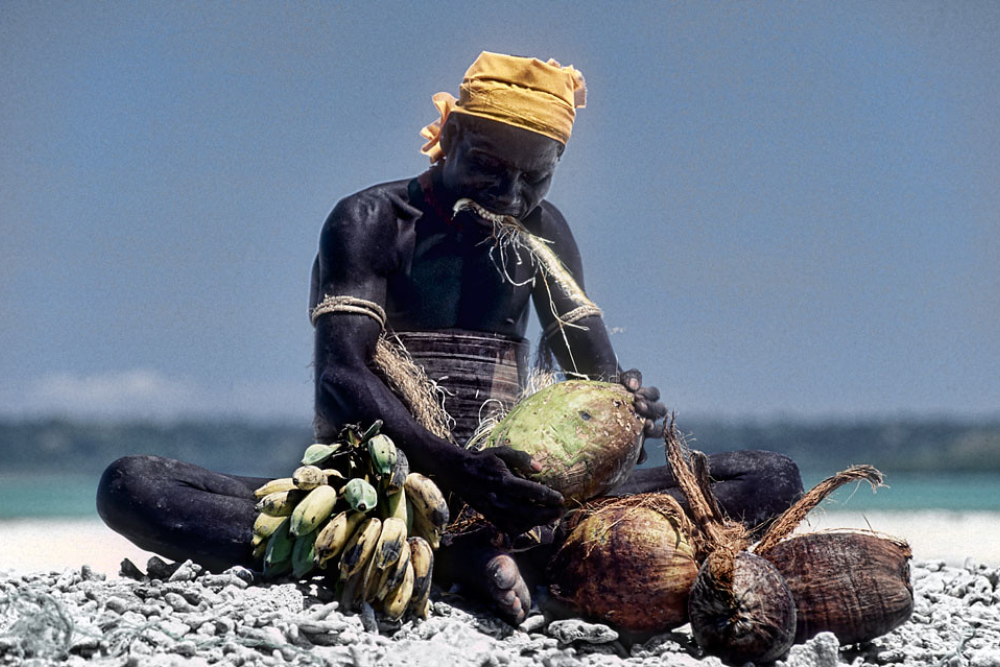
The Jarawa maintain significant isolation on South and Middle Andaman Islands, only emerging from complete isolation in the late 1990s after a national highway was built through their territory. This indigenous group of approximately 400 individuals continues largely traditional hunter-gatherer practices deep within protected forest reserves, maintaining distinctive cultural practices, including extensive knowledge of medicinal plants and specialized hunting techniques.
Despite increasing pressure from tourism, the Indian government maintains protective policies, including a buffer zone around Jarawa territory and penalties for unauthorized contact.
Like Travel Pug’s content? Follow us on MSN.
Cultural Time Capsules
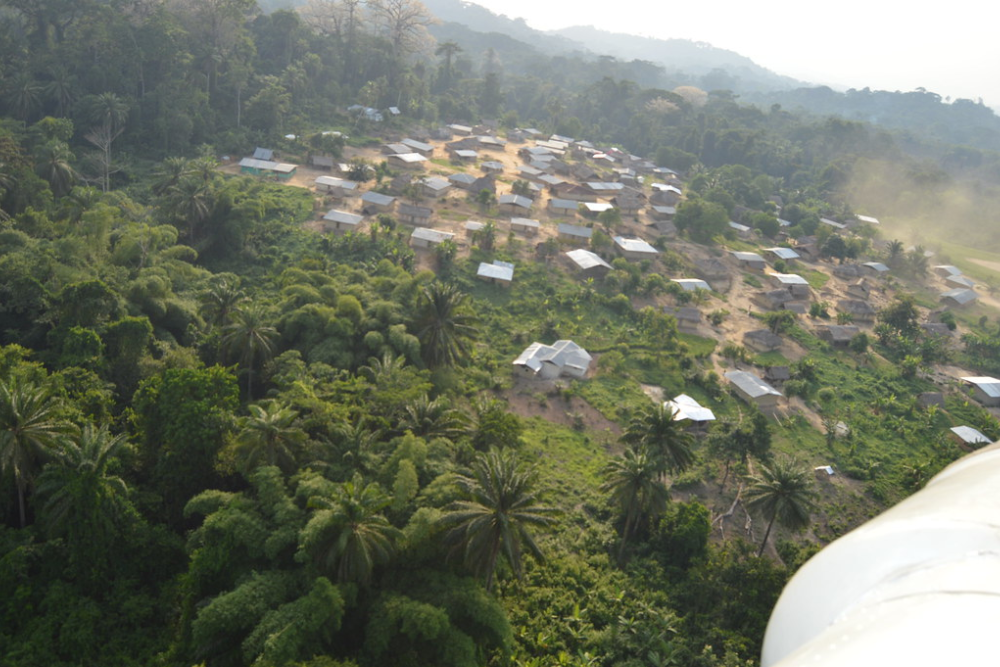
These isolated communities represent living connections to the human cultural diversity that developed through thousands of years of separate evolution in different environments. While many face increasing pressures from resource exploitation, climate change, and encroachment on their territories, their determination to maintain cultural autonomy offers powerful examples of alternative ways of organizing human societies.
Rather than viewing these communities as primitive remnants of the past, their isolation has produced sophisticated cultural adaptations perfectly suited to their environments, along with distinct worldviews and knowledge systems that represent irreplaceable aspects of humanity’s collective heritage.
More from Travel Pug

- 20 Destinations That Were Once Thriving but Are Now Quietly Disappearing
- 13 Destinations Where Tourists Regularly Regret Their Trip
- 20 Once-Popular Beach Towns That Are Now Ghostly Empty
- 10 Under-the-Radar Mountain Towns That Are Both Affordable and Beautiful
- Take a ‘Learning Vacation’ in These 20 Extraordinary Places
Like Travel Pug’s content? Follow us on MSN.
